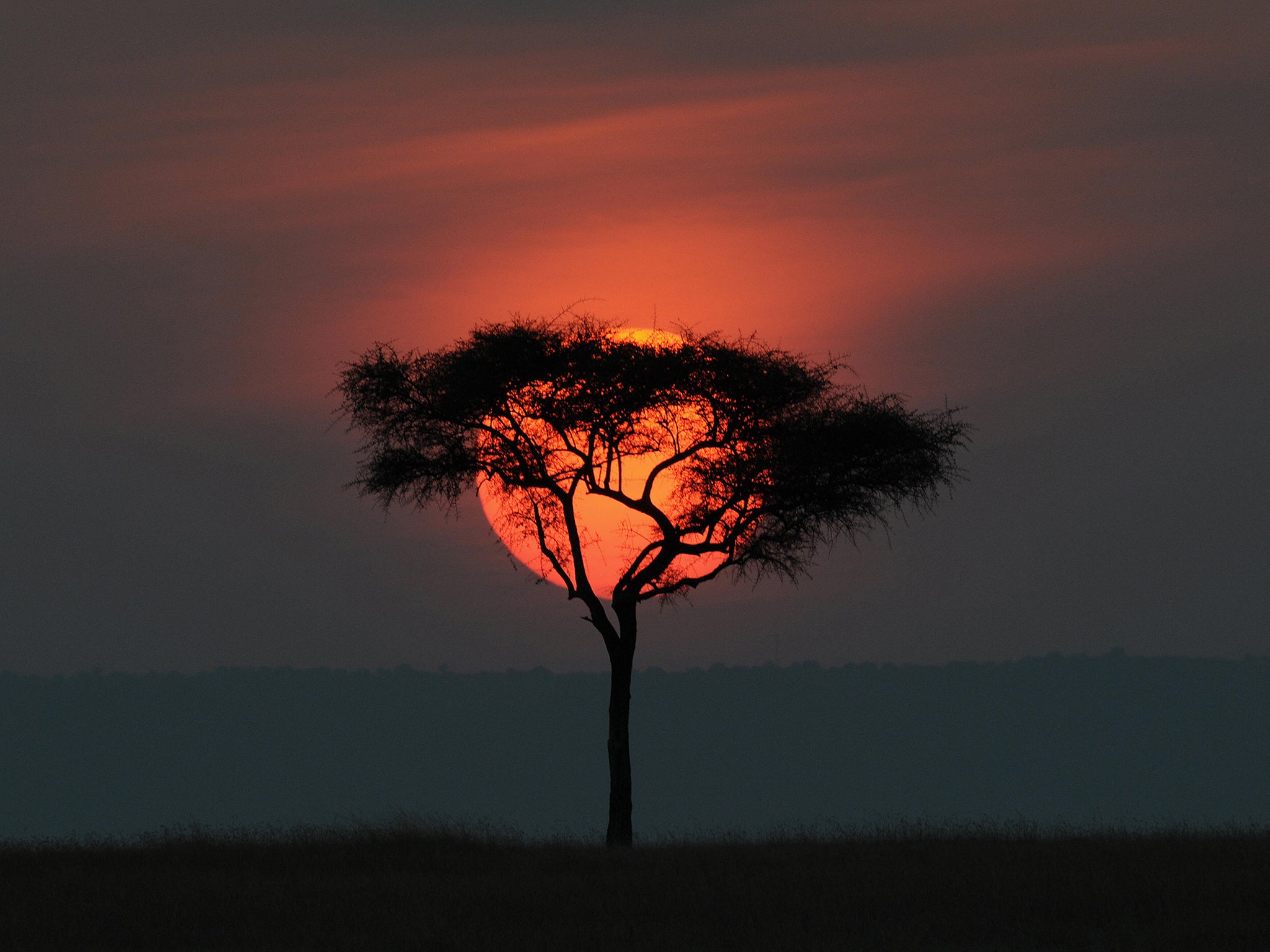Maasai Mara: Death of the ‘Big Cat Diary’ lions points to a wider malaise
They were the pride of the BBC series. But conservationists say their poisonings were inevitable

Bibi’s life almost ended when she was a tiny lion cub, when buffaloes smashed through the lion hideout, goring one of her siblings to death.
She was the best-known member of the Marsh pride to feature in the BBC’s Big Cat Diary, and her 17-year life was closely documented. Television cameras followed her from that first brutal attack to her eviction from the pride, when she had to fend for herself with young cubs, and her eventual rehabilitation.
Along with two others in her pride, Bibi met a painful end this week when Maasai herders, who had lost cattle to lions the day before, lured them to their death with a cow carcass laced with poison.
The death of the three lions signifies much more than the demise of a much-followed pride; conservationists say it is the inevitable outcome of decades of mismanagement in Kenya’s Maasai Mara game reserve that is squandering one of the world’s most important wildlife habitats.
A five-hour drive from Nairobi, the Mara, Kenya’s most famous game reserve, spans 371,000 acres and is home to half of the country’s remaining 2,000 lions, as well as huge herds of elephant, buffalo, gazelle and other species. Twice a year, thousands of tourists converge for the wildebeest migration, a spectacular stampede of animals running the gauntlet of the gaping jaws of crocodiles.
When Jonathan Scott came here in the late 1970s, he quickly became wrapped up in the drama of his local pride – later dubbed the Marsh lions – reliving the experience in a 1982 book written with Brian Jackman that would set the scene for the television series, which he co-presented.
“They caught people’s imagination,” he said of the lions, speaking from the Mara. “They took people into their personal lives. They were much more real, much more multi-faceted” than many realised.
Five of the Marsh lions are thought to have eaten the contaminated meat. When vets found Bibi, she was already close to death, foaming at the mouth, fitting and panting laboriously. Another lioness, Sienna, was mauled beyond recognition by hyenas, while the third, a young male named Alan, was cornered in his weakened state by a buffalo and injured so badly that vets decided to put him down.

Earlier this week, three suspects were remanded in custody. Under Kenya’s tough wildlife law, they face either a substantial fine or a prison term if found guilty.
Mr Scott said he was “deeply saddened” by the events but not surprised, given what he calls the “appalling management” of the reserve.
Conservationists have long argued that the Mara is living on borrowed time. The lush pastures once bordering the reserve are now over-grazed and support an ever-growing number of resorts, whose proliferation threatens the animals visitors pay to see.
Unlike most of Kenya’s big game parks, the Mara is managed not by the Kenya Wildlife Service (KWS) but by the local Narok council, which has been hounded by accusations of mismanagement and corruption.
Nick Murero, a local official, condemned the poisonings, saying they were like “killing the goose that lays the golden egg”. But critics say such events are bound to happen because the authorities do nothing to stop herders making nightly illegal incursions into the reserve with up to 150,000 cattle. Inevitably, they say, cattle are killed by nocturnal predators, such as lions and leopard.
Meanwhile, sprawling resorts, replete with electric fences, pools and outbuildings, have dwarfed the original, much smaller, lodges, bringing in thousands more tourists into the reserve than it can sustain.
Fleets of minibuses and safari vehicles leave the lodges at dawn and dusk, often veering off the designated tracks in search of elusive game. When an animal such as a cheetah or lion is spotted, it is not uncommon for more than 20 vehicles to converge, the guides goading animals into a reaction.
“Too many people are driving around the reserve to manage it in a controllable way,” said Mr Scott. Some warn the park’s future is at stake. “If they [the local council] see this as a cash cow, they are doing their best to let it die,” said Richard Leakey, veteran conservationist and chairman of the KWS. “Most of the lodges are unnecessary, and have put a pox on the whole place.” But he ruled out putting the Mara under KWS control, saying it would be “too political”.
An answer may be found in the Mara Triangle, a smaller section of the reserve that is privately managed by a consortium of local communities and safari outfits. There is just one bed for every 350 acres, a proper road network exists, and regular patrols ensure that tour guides obey the rules. Some conservancies that lie outside it allow cattle in to graze on a rotational basis.
Most agree that any solution must include local communities, who often have little financial incentive to protect the wildlife. “Currently there are only costs for living with lions. No rewards,” said Paula Kahumbu, a wildlife expert.
Some safari companies have shared profits with local landowners in return for setting aside land for wildlife use, but a downturn in tourism after country-wide terror attacks has left many seeking to renegotiate terms.
Some, such as Mr Scott, now fear that tourists will view the tragedy of the Marsh lions as one more reason not to visit. “The last thing we’d want is for people to turn their back on the Mara and Kenya,” he said. “Tourism keeps these animals alive.”
Join our commenting forum
Join thought-provoking conversations, follow other Independent readers and see their replies
Comments